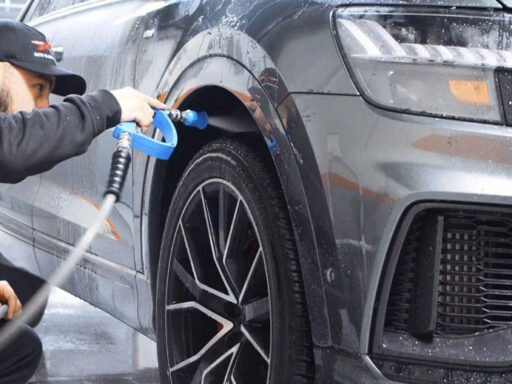The journey of car battery chargers is not just about technology; it’s a vivid narrative of innovation, adaptation, and foresight. As we navigate through this evolution, we’ll discover how these devices have transformed from simple tools to sophisticated instruments that are integral to the automotive experience.
The Humble Beginnings and the Concept of a Trickle Charger
Remember the days when the word ‘dwindle’ was more commonly heard? It often painted a picture of something gradually diminishing, like the fading light at dusk. In a similar vein, early car battery chargers were rather basic, primarily designed to replenish batteries slowly and steadily. This method, often referred to as trickle charging, helped prevent the common problem of battery depletion, particularly in vehicles that were not used regularly.
Imagine a world where medicine was still in its infancy, potions were rudimentary, and the approach was often more hopeful than scientific. Early battery chargers mirrored this scenario. They were the ‘medicine’ for your car’s battery, essential yet unsophisticated, providing just enough to keep the battery alive without the capability to adapt to the user’s needs or the battery’s condition.
Innovation Skyrockets: The Rise of Smart Chargers
As technology advanced, so did the requirements and expectations from devices that served our daily needs. The shift towards more adaptive and intelligent battery chargers can be likened to the leap from traditional remedies to modern medicine. Just as medicine evolved with breakthroughs that allowed for targeted therapies and personalized treatments, battery chargers too stepped up.
Modern chargers are equipped with smart technology capable of assessing the condition of a battery and adapting their charging method accordingly. This not only enhances the battery’s lifespan but also ensures better performance and reliability. These smart car battery chargers can revive a battery from deep discharge states and optimize the charging cycle to suit environmental conditions and usage patterns.
When Size and Speed Matter: The Emergence of Compact, Fast Chargers
As vehicles, particularly electric ones, become more prevalent, the demand for faster charging solutions has skyrocketed. Compact, fast chargers are now on the forefront, pushing the boundaries of convenience and efficiency. You might be familiar with the story of the dirigible, an early form of the airship, which revolutionized the idea of travel by floating gracefully above the clouds. In a similar spirit of innovation, today’s fast chargers aim to uplift your experience by drastically reducing the time it takes to charge a car, making electric vehicles more appealing and practical than ever before.
The Future Beckons: Wireless Charging and Beyond
Looking towards the horizon, the future of car battery chargers promises even more revolutionary changes. Imagine pulling into your garage and having your car automatically begin charging, no plugs necessary. Wireless charging technology is set to make this a reality, offering unprecedented convenience and further promoting the adoption of electric vehicles.
The Role of Sustainability in Charger Technology
As we embrace these innovations, it’s crucial to consider the environmental impact of the technologies we adopt. Future battery chargers are expected to be not only faster and more efficient but also more environmentally friendly. By ensuring that these devices consume less power and utilize greener technologies, the carbon footprint associated with charging vehicles can be significantly reduced.
In conclusion, as you journey through the landscape of car battery chargers, from the trickle chargers of the past to the wireless systems of the future, remember that each innovation brings us closer to a more sustainable, efficient, and convenient mode of transportation. The road ahead is electrifying, and it promises to reshape our relationship with our vehicles in profound ways. Embrace these changes, for they are inevitable and integral to driving us into a cleaner, greener future.





